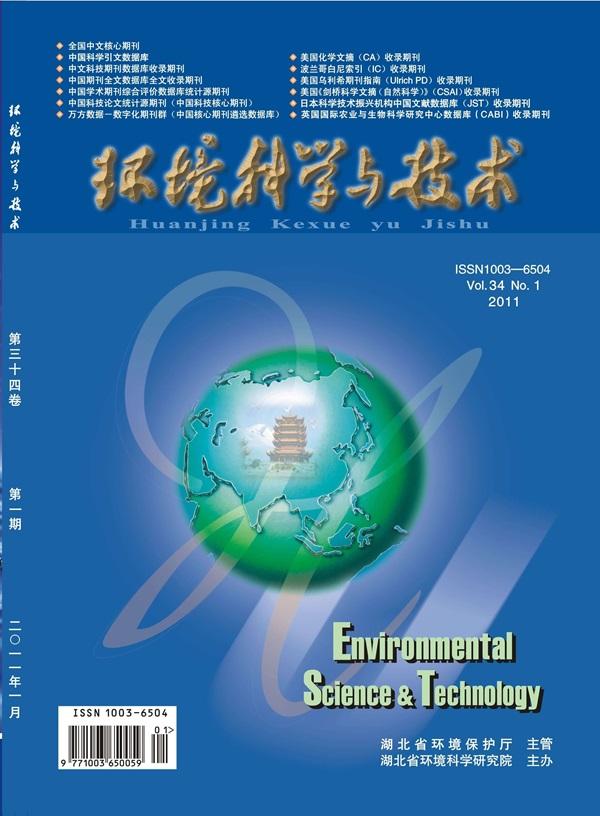Similar Oxygen Sensitivities of Different Steps of Denitrification in Estuarine Waters
IF 10.8
1区 环境科学与生态学
Q1 ENGINEERING, ENVIRONMENTAL
引用次数: 0
Abstract
Hypoxia is observed and projected to expand in many aquatic environments, largely due to excess anthropogenic nutrient inputs and climate change, thus influencing biogeochemical processes. Denitrification, generally an anaerobic process, removes bioavailable nitrogen and produces nitrous oxide (N2O). However, limited observations of the effect of oxygen on denitrification restrict our ability to estimate changes in the amount of bioavailable nitrogen and N2O emissions under anthropogenic perturbations and climate change. Here, we show that all denitrification steps increased, while the N2O production yield from denitrification decreased with decreasing oxygen in Chesapeake Bay – the largest estuary in the United States. The different steps of denitrification responded similarly to oxygen changes in Chesapeake Bay, unlike open ocean oxygen minimum zones, with implications for the accumulation or depletion of denitrification intermediates such as nitrite and N2O. Our observations also suggest that current model parametrizations of denitrification in Chesapeake Bay likely overestimate denitrification and nitrogen removal in the presence of oxygen, which would bias the evaluation of nutrient cycling, ecosystem productivity, and the extent of hypoxia. Overall, our newly derived oxygen sensitivities of denitrification could be used to improve model parametrizations of denitrification and constrain the nitrogen budget and N2O emissions in estuarine and coastal environments experiencing hypoxia.

求助全文
约1分钟内获得全文
求助全文
来源期刊

环境科学与技术
环境科学-工程:环境
CiteScore
17.50
自引率
9.60%
发文量
12359
审稿时长
2.8 months
期刊介绍:
Environmental Science & Technology (ES&T) is a co-sponsored academic and technical magazine by the Hubei Provincial Environmental Protection Bureau and the Hubei Provincial Academy of Environmental Sciences.
Environmental Science & Technology (ES&T) holds the status of Chinese core journals, scientific papers source journals of China, Chinese Science Citation Database source journals, and Chinese Academic Journal Comprehensive Evaluation Database source journals. This publication focuses on the academic field of environmental protection, featuring articles related to environmental protection and technical advancements.
 求助内容:
求助内容: 应助结果提醒方式:
应助结果提醒方式:


